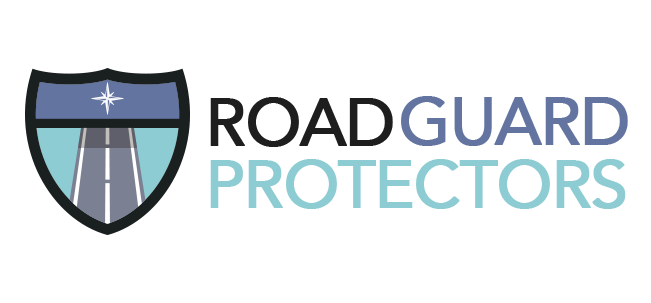Navigating the world of auto insurance can be daunting, with various coverage options, deductibles, and policy limits to consider. One of the most critical decisions you’ll make when purchasing auto insurance is determining the appropriate coverage limits. Coverage limits dictate the maximum amount your insurance company will pay for damages or injuries in the event of an accident. Understanding how to decipher coverage limits is essential for ensuring you have adequate protection without overpaying for unnecessary coverage. In this article, we’ll delve into the factors to consider when determining how much auto insurance you really need.
Understanding Coverage Types:
Before delving into coverage limits, it’s essential to understand the different types of coverage available in auto insurance:
- Liability Coverage: Liability coverage pays for damages and injuries you cause to others in an at-fault accident. It typically includes bodily injury liability and property damage liability coverage, both of which are required by law in most states.
- Collision Coverage: Collision coverage pays for damages to your vehicle in a collision with another vehicle or object, regardless of fault.
- Comprehensive Coverage: Comprehensive coverage pays for damages to your vehicle from non-collision incidents, such as theft, vandalism, fire, or natural disasters.
- Personal Injury Protection (PIP) or Medical Payments Coverage: PIP or medical payments coverage pays for medical expenses for you and your passengers in the event of an accident, regardless of fault.
Factors to Consider When Determining Coverage Limits:
Several factors influence the amount of coverage you need:
- State Requirements: Each state sets minimum requirements for auto insurance coverage, typically including liability coverage for bodily injury and property damage. You must carry at least the minimum coverage required by your state, but it’s often advisable to purchase higher limits for added protection.
- Asset Protection: Consider your assets, including your savings, investments, and property. If you cause an accident that results in damages or injuries exceeding your insurance coverage limits, you could be held personally liable for the remaining costs. To protect your assets, consider purchasing higher liability limits.
- Vehicle Value: The value of your vehicle plays a role in determining the appropriate coverage limits for collision and comprehensive coverage. If you drive an older or less valuable vehicle, you may opt for lower coverage limits to save on premiums. Conversely, if you drive a newer or high-value vehicle, higher coverage limits may be necessary to ensure adequate protection.
- Budget Constraints: Your budget will also influence your coverage limits. While higher coverage limits provide greater protection, they typically come with higher premiums. Evaluate your budget and choose coverage limits that strike a balance between adequate protection and affordability.
- Risk Tolerance: Consider your risk tolerance and how much financial risk you’re willing to assume. If you’re comfortable with a higher level of risk, you may opt for lower coverage limits to save on premiums. However, if you prefer greater peace of mind and financial security, higher coverage limits may be preferable.

